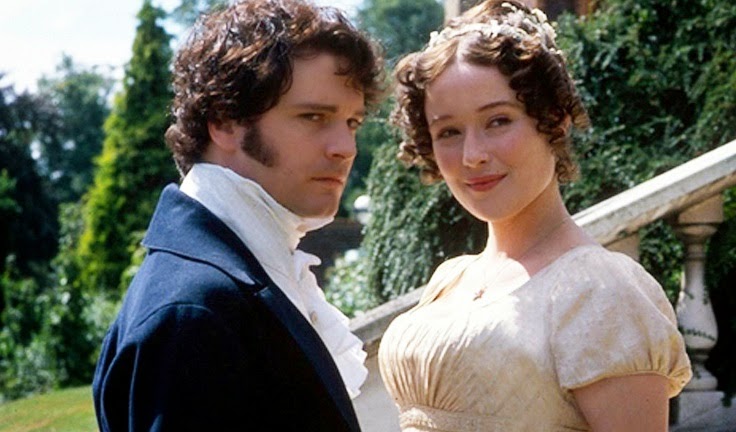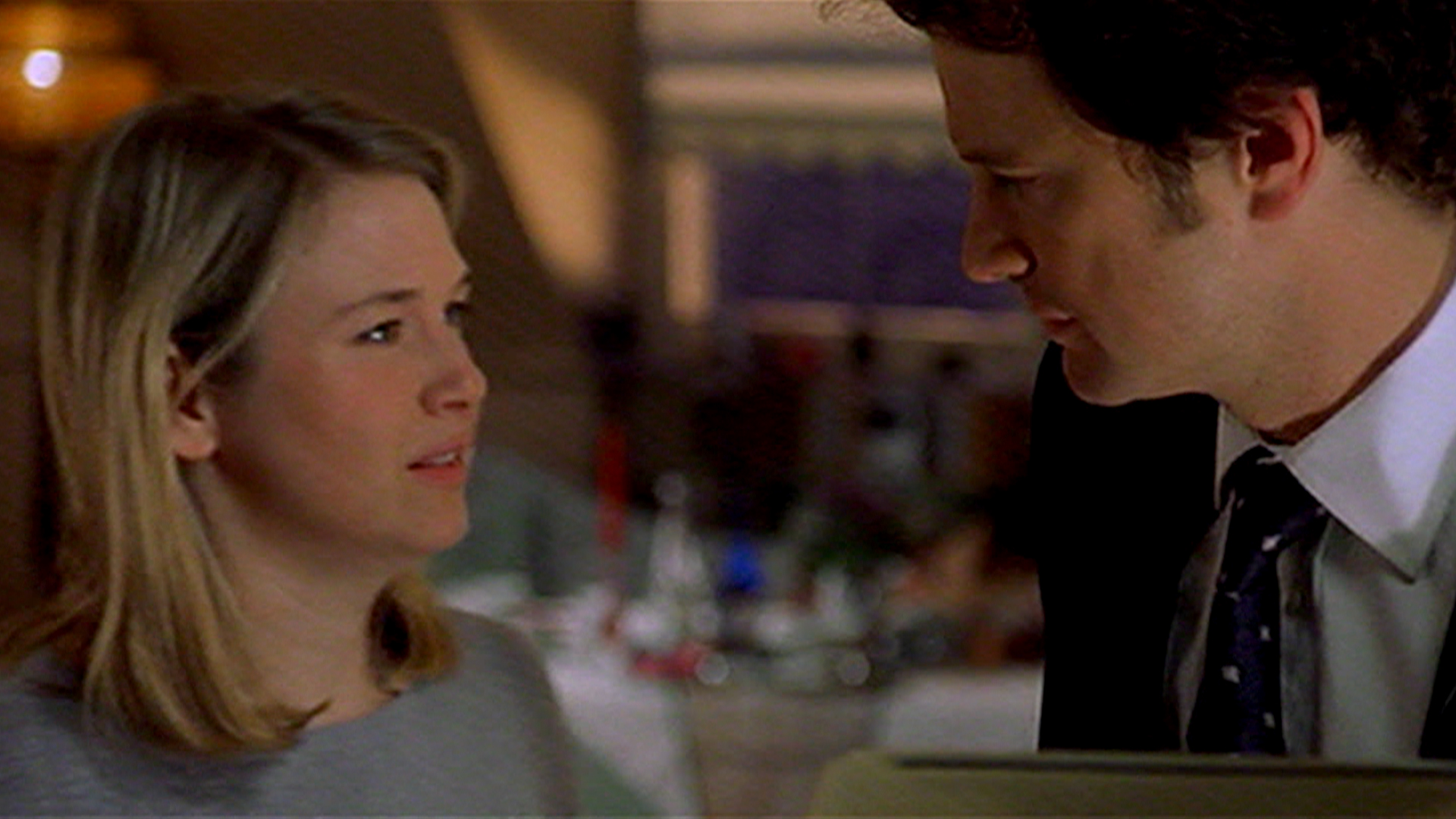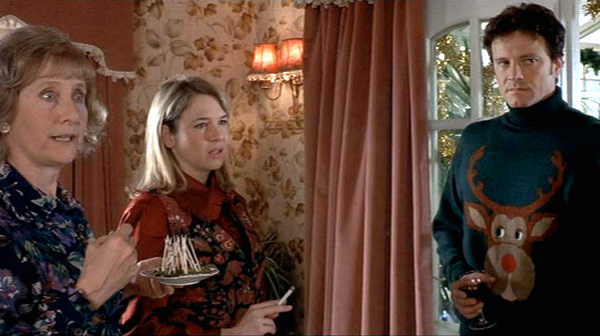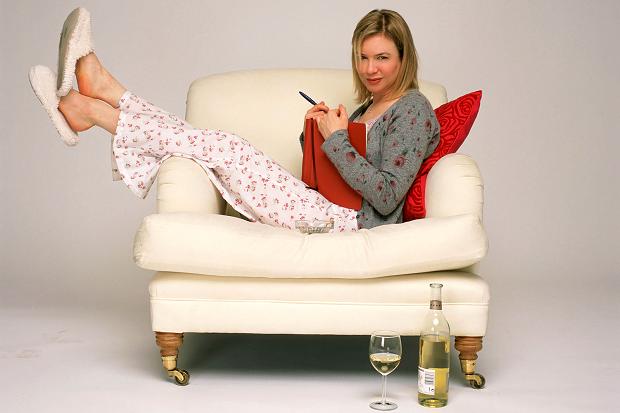How are “Bridget Jones’s Diary” and “Pride and Prejudice” related?
Quick Answer: Bridget Jones’s Diary is a modernization of Jane Austen’s classic novel Pride and Prejudice. Bridget Jones may not feel the same economic pressure to get married as Elizabeth Bennett, but she still faces great societal pressure to find the right guy. But what makes both stories so compelling is their complex and independent heroines who ignore society’s rules and try to find their own way.
Few things come to mind that are further from formative British literature than Bridget Jones’s Diary (2001). The film is about a British woman (played by the not-so-British Renée Zellweger) who has resolved to change herself for the better. She wants to lose weight, find a “nice sensible boyfriend” and stop dating “alcoholics, workaholics, commitment-phobics, peeping toms, megalomaniacs, emotional fuckwits, or perverts.” And because this is an early 2000’s British rom-com, this resolution leads Bridget to a love triangle between Colin Firth and Hugh Grant.
This film’s abundance of cringe-worthy embarrassments involving undergarments would make any Victorian blush, but it just so happens that this “chick flick” staple is a modernization of Jane Austen’s classic novel Pride and Prejudice. The romance between Bridget (Zellweger) and Mark Darcy (Firth) closely parallels the one between Austen’s Elizabeth Bennett and Mr. Darcy. On top of the shared Darcy name, it’s hardly coincidental that Firth also played Mr. Darcy in 1995’s Pride and Prejudice. However, the novel wasn’t all about romance, and neither is Bridget Jones.

Colin Firth and Jennifer Ehle in “Pride and Prejudice” (1995)

Renée Zellweger and Colin Firth in “Bridget Jones’s Diary” (2001)
Pride and Prejudice was a stealthy commentary about the social and political implications of marriage in Victorian England. Mr. Darcy is described as being both extremely handsome and extremely wealthy, and all of the romantic pairings in the story are judged by how economically advantageous they are – Lydia Bennett is judged harshly for running off with Wickham, who is essentially penniless, whereas Elizabeth is celebrated for getting engaged to Darcy, despite his unsavory attitude in the greater part of the novel.
In Bridget Jones’s Diary, set in the twenty-first century, the idea that a woman needs to marry (and marry for money) in order to survive feels outdated and sexist. Bridget has a job and her own apartment – she is doing well on her own. However, she still faces as much social pressure to marry as Elizabeth, especially from her mother (not so different from Mrs. Bennett), lest Bridget wind up a lonely old “spinster.” Apparently, less has changed in the world of courtship and marriage than we would like to imagine.
The film begins with Bridget telling us in a voice-over that “it all began on New Year’s day in my thirty-second year of being single.” Not only does she introduce her story by lamenting how long she has been single, but this is also how she tallies her life. Relatives continually ask her how her love life is, and later in the film a lover describes her and himself as “people of a certain age… looking for the moment to commit.” Bridget is constantly defined, by others and herself, by her age and relationship status.

Gemma Jones, Renée Zellweger and Colin Firth in “Bridget Jones’s Diary” (2001)
Significantly, though, in Bridget’s world, marriage is no longer primarily and explicitly about money, as it is in Elizabeth’s. In Pride and Prejudice, the fight between Elizabeth’s two suitors, Darcy and Wickham, is over a scheme to control Darcy’s family fortune. In Bridget Jones, the fight between Mark and Daniel (Hugh Grant) is over Daniel sleeping with Mark’s wife, leading to the couple’s divorce.
That is not to say that women never marry for money, or that money never affects or determines romantic relationships. Rather, it is to say that money is not the first thing on Bridget’s mind. Elizabeth Bennett may be against marriage for purely practical reasons, and she may believe herself immune to the pressures to marry a wealthy man, but it is worth noting that she seems to have a change of heart about Darcy after touring his lavish estate and that she makes a 180 after he saves the Bennett family honor by paying off her sister’s new husband. Bridget, on the other hand, barely seems to take money into consideration with her suitors – she just wants to stop dating jerks.
Of course, in Jane Austen’s world, the story is over once the two love interests get together. Once Elizabeth agrees to marry Darcy we know that she is going to live happily, and financially stably, ever after. But Bridget’s story continues. Her relationship with Mark has its ups and downs in the sequel Bridget Jones: The Edge of Reason (2004), and it seems that pregnancy will throw the couple through another few loops in the upcoming Bridget Jones’s Baby (2016).
The films present viewers with a picture of a modern (albeit whacky) relationship, and with it a modern heroine. Elizabeth Bennett is an intelligent bookworm who is headstrong and disinterested in being a perfect lady. She is inspiring, but due to the confines of her time she is ultimately unable to fully exert her independence. And it shows – Pride and Prejudice is remembered for its exceptional heroine, but in many ways it is still thought of as a great romance. But Bridget Jones’s Diary is different. Bridget Jones wears Spanx, tries to sound more intellectually and politically inclined than she really is, drinks too much wine and dates the wrong guys before she makes it right. Her love interests may be a draw, but what makes the movie so enduring is Zellweger’s funny, off the cuff, and painfully honest character.

Renée Zellweger as Bridget Jones
Elizabeth Bennett was never this relatable.

